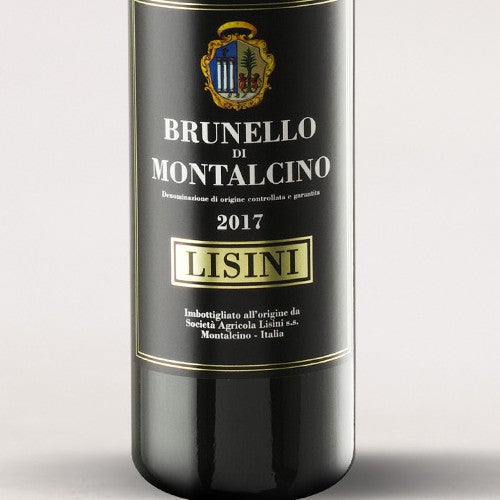MUSIC ANALOGY ALERT: Lisini Brunello di Montalcino is the wine world’s answer to a timeless album, like the Rolling Stones’ “Let it Bleed” or Miles Davis’ “Kind of Blue.” No matter how many times you revisit it, you’ll never grow tired of it—it’s just that good. Having long believed that one could assemble a cellar full of impeccable, long-aging wines without ever spending more than $100 a bottle, I submit Lisini today as one of a handful of must-have Brunellos for anyone who’s serious about Sangiovese (and not just label-chasing).
Although Brunello di Montalcino is billed as one of the world’s most age-worthy red wines, the reality is that very few—and especially not the chunky, ‘modern’ styles that were all the rage in the ’90s and 2000s—actually deliver in their old age. Lisini delivers. I saw it time and again during my career in restaurants: the wines capture the nerve and woodsy perfume of the Sangiovese grape and are aged in large Slavonian oak casks, leaving the more extracted, chocolatey, “international” style to others. Best of all, the blazing heat and dryness of 2017 didn’t keep Lisini from once again delivering a fresh, balanced, beautifully “classic” Brunello. That’s what great producers do!
Like some of the other old-school Montalcino stalwarts we’ve featured here, Lisini was one of about 20 founding members of the Brunello di Montalcino consorzio (producers’ association), which was created in 1967. Elina Lisini, who ran the estate for decades before her passing in 2009, was the first (and only!) female president of the consorzio, in 1970, working with estate vineyards that were first planted in the 1930s. The property, which covers about 150 hectares of land in total, is located in the southwest corner of the Montalcino DOCG, near the hamlet of Sant’Angelo in Colle; the 24 hectares of vineyards open up toward the south, as is typical here on Montalcino’s “back slope,” yet while conventional wisdom says that wines from this part of the zone skew richer and burlier, Lisini’s perfumed, fine-tuned wines have always defied that characterization (much like those of Soldera and Poggio di Sotto, which are also on Montalcino’s south side).
Lisini’s current winemaker, Filippo Paoletti, worked not only with longtime consulting enologist Franco Bernabei (whose many famous collaborations also include Felsina and Fontodi) but with the late Giulio Gambelli, a legendary Sangiovese specialist who worked with Lisini for a time (not to mention Soldera and Montevertine). Today’s wine is sourced from vineyards reaching to altitudes of 350 meters, with marly clay soils, and is aged in Slavonian oak casks ranging in size from 20 to 50 hectoliters. It spends a rather long time in those casks (42 months) before bottling, then undergoes further aging in bottle before release, so even though this 2015 is the “current” edition of this wine, it has already undergone a significant amount of aging.
In past Lisini offers, I’ve compared it to a full-bodied Gevrey-Chambertin, which I’d amend to “very full-bodied” in the 2017 vintage—there’s lots of saturated black cherry fruit accented by pronounced mineral and underbrush notes. In the glass, it’s a deep, opaque garnet red moving to pink at the rim, with heady aromas of dark woodland berries, black cherry, plum skin, bay leaf, grilled meat, oiled leather, and lots of smoky underbrush. Within the world of Brunello di Montalcino, it would rank as medium-plus in body, with terrific freshness and, most important of all, great balance. Decant this wine 30-60 minutes before enjoying in Bordeaux stems at 60 degrees, both now and in 10 years (like 2015, ’17 is an earlier-drinking vintage). There’s a lot of delicious, refined drinking ahead of this wine, so get yourself cooking and pulling some corks. You’ll be hard-pressed to find another “collectible” at this price point that brings so much to the table. Enjoy!






